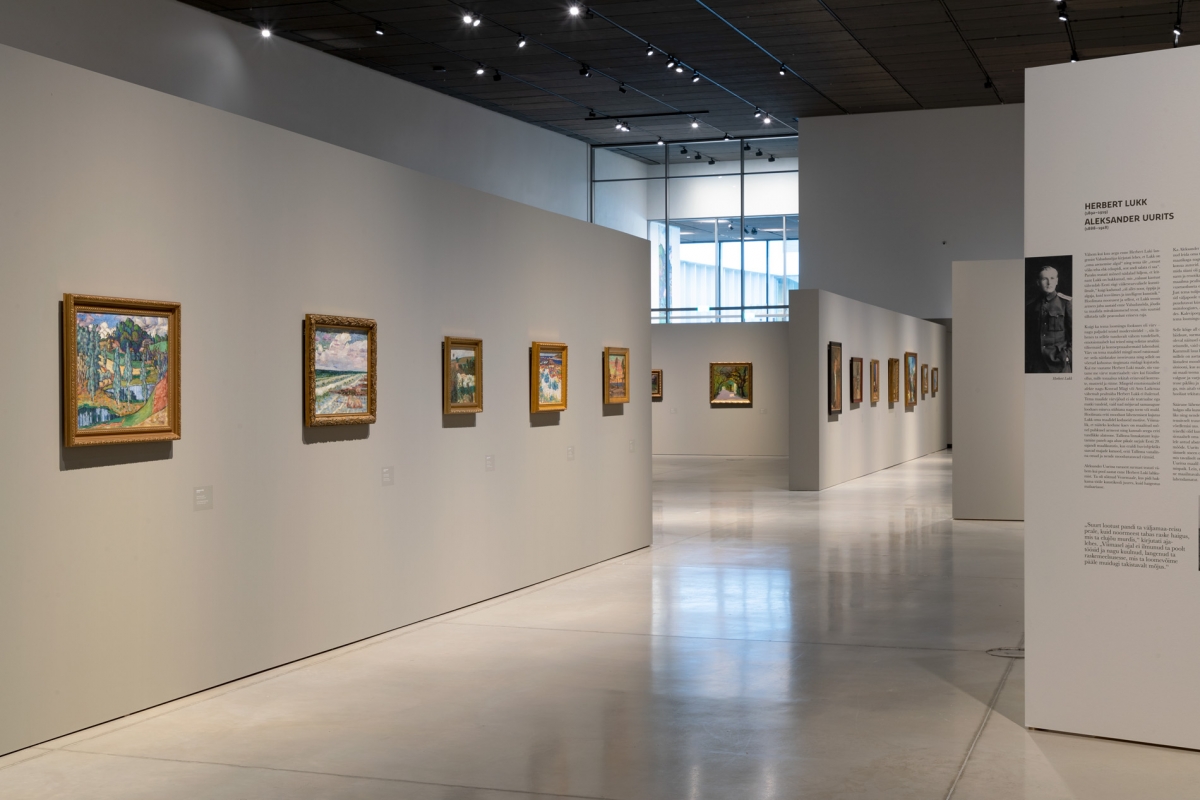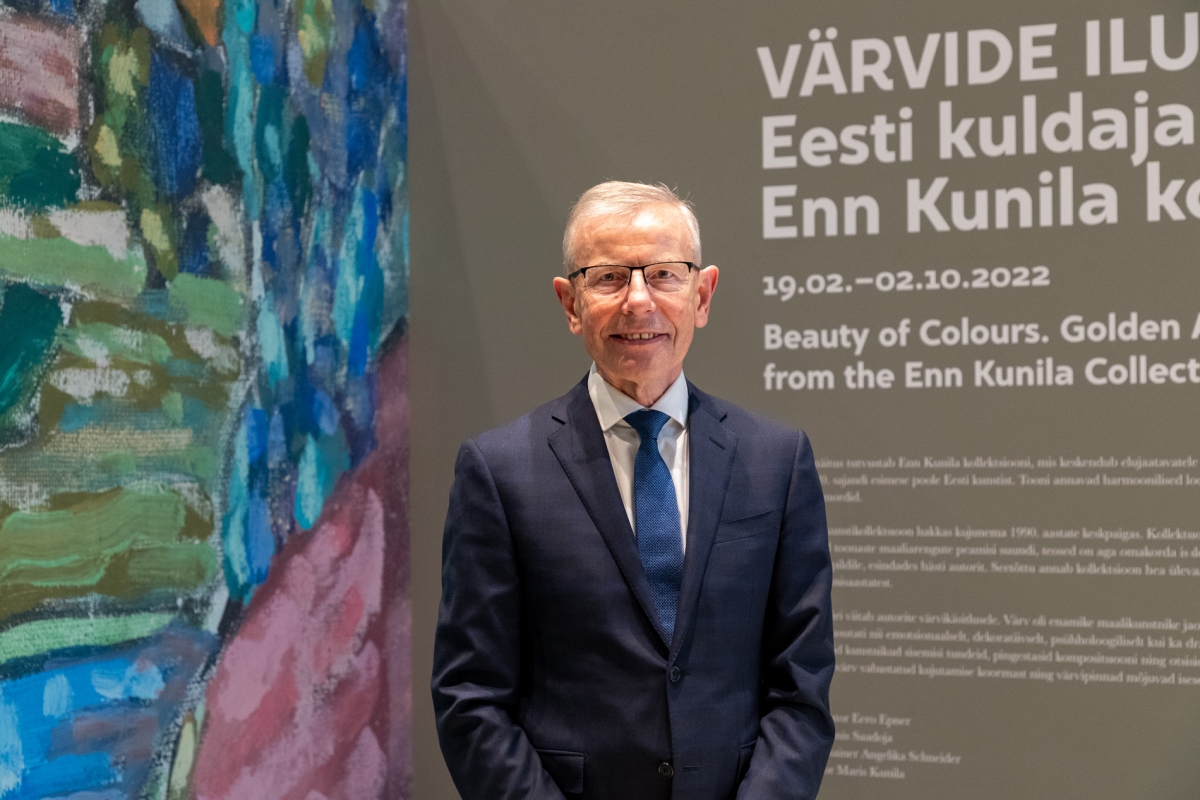Beauty of Colours. Golden Age of Estonian Art from the Enn Kunila Collection
On view at the Estonian National Museum19 February – 8 October 2022.
This exhibition presents works by the most important Estonian painters from the first half of the 20th century. The focus of the Enn Kunila Collection is on works with a great sensitivity to the use of colour, with landscapes, portraits and still lifes setting the tone. The world in these works is a harmonious and life-affirming place. Konrad Mägi is especially prominent, with several dozen works included, and among the many others are Nikolai Triik, Johannes Võerahansu, Ants Laikmaa, Eerik Haamer, Endel Kõks, Paul Burman, Villem Ormisson and Richard Uutmaa.
The Enn Kunila Art Collection began taking shape in the mid-1990s. Over the years, clear principles developed: the focus lies on what is known as the golden age of Estonian painting – the first decades of the 20th century, when modernism emerged. The artists in this collection are representative of the main directions in which painting was going at that time. The works also represent each of the respective artists, giving a good sense of the general look of their oeuvre. As such, the collection gives a good overview of the formative years in the history of Estonian painting.
Of the over 70 paintings displayed, more than one-quarter are Konrad Mägi works. The exhibition designed by Tõnis Saadoja is an introduction to the most important painters of the early 20th century. Compared to the 2018 exhibition at the Tartu Art Museum, this exhibition features many new works that have never been exhibited in public before. Above all, there is prominence of nature scenes where we can discern the close, keen relationship between the artists and the nature around them. There are also a number of portraits and still lifes as well as urban scenes.
The title of the exhibition, Beauty of Colours, underscores how colour was the most important element for these painters. It was applied emotionally, decoratively, psychologically and dramatically. Colours were used to express inner emotions, energize the composition and seek harmonious transitions. In many works, colour is freed of its duty of depiction and the expanses of colour seem to become independent. The diversity of brushstrokes also stands out.
The exhibition is accompanied by an education programme, information displayed in the exhibition space and a substantial catalogue. The adjacent cinema hall will screen Marianne Kõrver’s new film about the early years of Estonian painting. There will also be tours led by the curator and guides and opportunities to meet the collector.
The exhibition is curated by Eero Epner, designed by Tõnis Saadoja, and coordinated by Maris Kunila. The graphic design, including the catalogue, is done by Angelika Schneider, and the education programme is led by Mary-Ann Talvistu.





